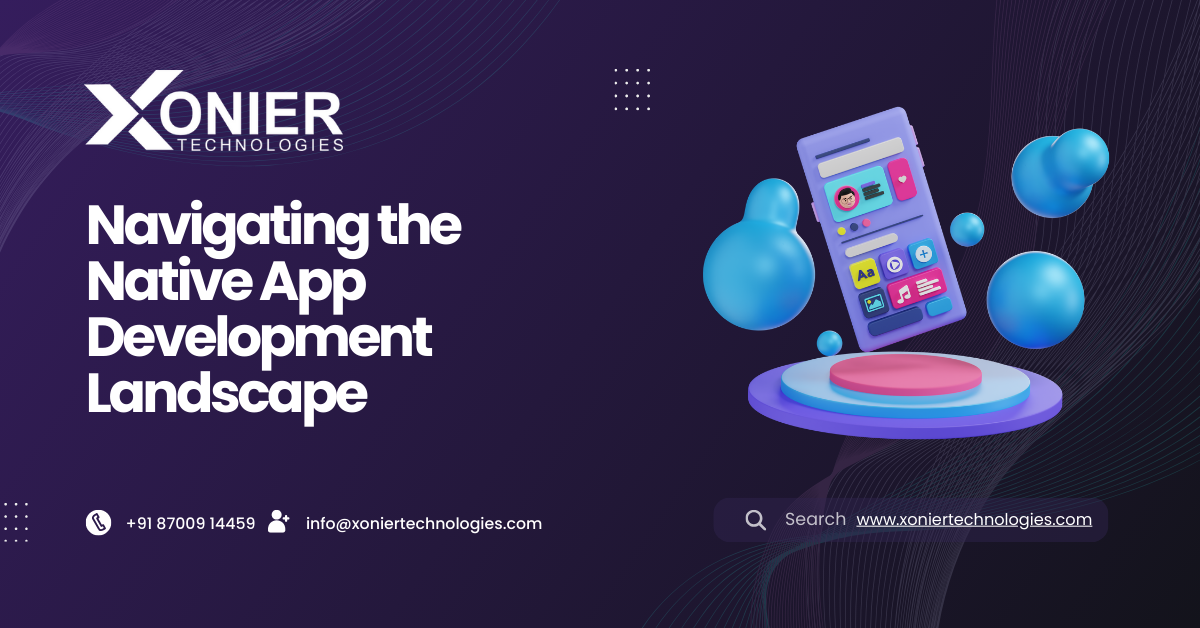In the dynamic world of mobile app development, the choice between native and cross-platform development is a critical decision that can significantly impact the success of your app. For developers looking to harness the full potential of a specific platform, native app development emerges as a powerful choice. This blog will explore the critical aspects of native app development and provide insights to help developers navigate this exciting landscape.
Understanding Native App Development
Native app development involves creating applications specifically for a particular operating system, such as iOS or Android. Unlike cross-platform solutions, native apps are optimized for the native capabilities and features of a particular platform, delivering a seamless user experience.
Benefits of Native App Development
Performance Excellence:
Native apps are renowned for their superior performance, designed to leverage the full potential of a device’s hardware and software. This results in smoother animations, faster load times, and a responsive user interface.
Optimized User Experience:
Tailoring your app to a specific platform’s unique design guidelines and user interface patterns ensures a more intuitive and user-friendly experience. This optimization contributes to higher user satisfaction and engagement.
Access to Native Features:
Native development allows developers to tap into the full array of platform-specific features, including camera functionalities, GPS, push notifications, and more. This enables the creation of feature-rich apps that can fully utilize the capabilities of modern smartphones.
Challenges of Native App Development:
While native app development offers numerous advantages, it also presents some challenges:
Development Time and Cost:
Building separate codebases for each platform can be time-consuming and potentially more expensive than cross-platform development. However, the investment often pays off with a higher quality and more polished product.
Learning Curve:
Developers may need to acquire platform-specific knowledge and skills and stay updated with the latest developments in iOS and Android ecosystems. This learning curve can be steep but is ultimately rewarding.
Tips for Successful Native App Development:
Thorough Planning:
Begin with a comprehensive plan outlining your app’s features, design, and functionalities. This will serve as a roadmap and help streamline the development process.
Utilize Native Development Tools:
Leverage platform-specific tools and frameworks, such as X codefor iOS and Android Studio for Android, to maximize efficiency and take advantage of the latest advancements in each ecosystem.
Test Rigorously:
Testing is crucial in native app development. Ensure thorough testing on both platforms to identify and address potential issues, guaranteeing a seamless user experience across different devices.
In the ever-evolving landscape of mobile app development, choosing the right approach is vital for success. For those seeking optimal performance and platform-specific advantages, native app development is a robust choice. By understanding the benefits and challenges and implementing best practices, developers can embark on a journey to create high-quality, user-centric native applications that leave a lasting impact on their target audience.


